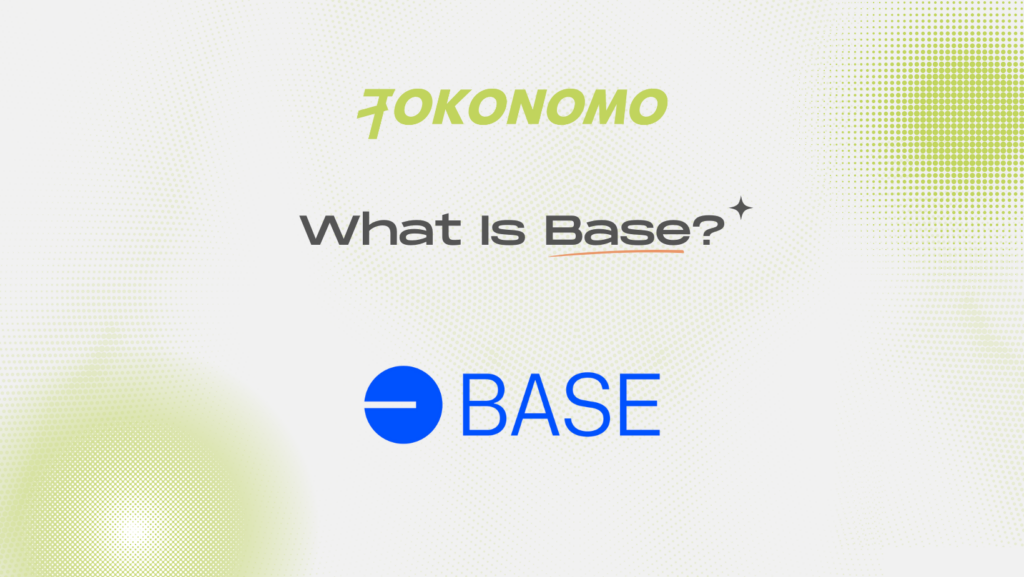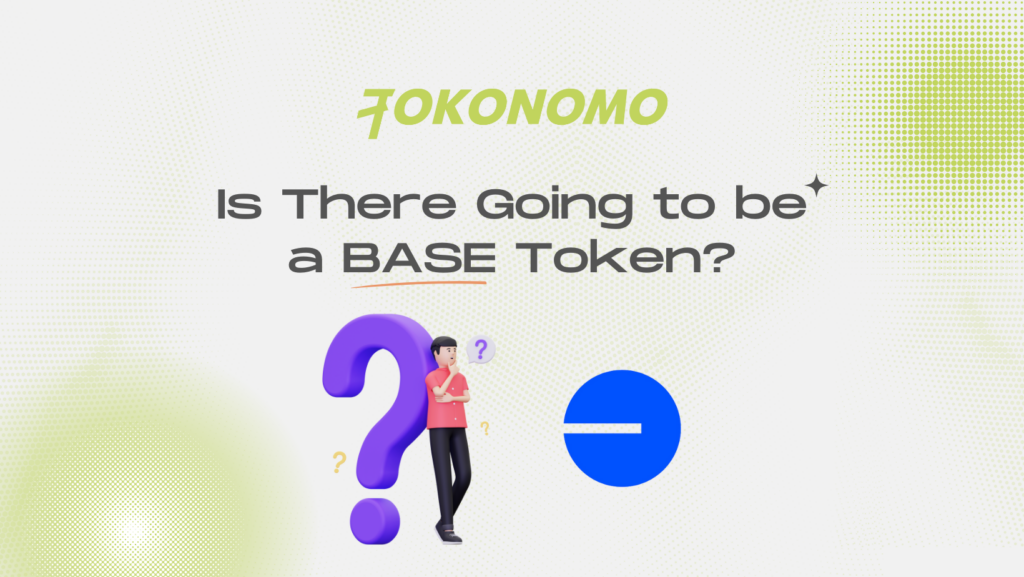What Is Base?
Base, an Ethereum Layer 2 (L2) blockchain, was officially launched on August 9, 2023, by the US-headquartered crypto exchange Coinbase. It has gained significant attention within the crypto community as it marks the first blockchain launch by a publicly traded company.


Developed in collaboration with Ethereum L2 blockchain Optimism on the OP Stack, a standardized and open-source development stack powering Optimism, Base allows developers to construct decentralized apps (DApps) while leveraging Coinbase’s ecosystem, which boasts over 110 million verified users and more than $80 billion in assets.
Base’s overarching goal is to establish a “Superchain” powered by Optimism and backed by a developer community. Base has publicly stated that it currently has no plans to introduce a new network token, and advises users to exercise extreme caution regarding scammers offering counterfeit Base tokens.
What Is Layer 2?
A Layer 2 blockchain is a term used to refer to secondary protocols or frameworks that are constructed on top of an existing blockchain network (Layer 1), such as Ethereum. The primary goal of Layer 2 solutions is to enhance the scalability, transaction throughput, and efficiency of the underlying Layer 1 blockchain, all while maintaining its security and decentralization.
Various types of Layer 2 blockchain technologies exist, including state channels (like the Lightning Network for Bitcoin and the Raiden Network for Ethereum), sidechains (such as the Liquid Network for Bitcoin and the Loom Network for Ethereum), and rollups (including Optimistic Rollups and ZK-Rollups).
Among the most widely utilized Layer 2 blockchain networks are Optimism, Polygon, zkSync, and Arbitrum.
What Are The Applications of Base?
Similar to other Layer 2 networks, Base can be utilized for a diverse array of use cases. Here are several applications that have been developed on it.
1. Payment Apps
Beam is an innovative payment application that allows users to seamlessly conduct transactions using either the stablecoin USDC or the platform’s native token, Eco. Users have the convenience of signing in using their Twitter accounts and can cover gas expenses using either USDC or Eco. Moreover, Beam offers an integrated gateway for fiat-to-crypto and crypto-to-fiat conversions.
2. Bridging
Base has created an official bridge, the Base Bridge, which is compatible with most Ethereum wallets like MetaMask or Coinbase Wallet. This enables users to bridge ERC-20 tokens between Base and Ethereum.
Transferring tokens from Ethereum to Base typically requires just a few minutes, whereas transferring from Base to Ethereum takes approximately 7 days.
3. Token Swaps
Token swapping functionality on decentralized exchanges (DEXs) enables users on Base to easily trade a wide array of cryptocurrencies. Presently, numerous decentralized exchanges operate on Base, including Uniswap, Maverick, and Dackieswap.
4. Launching DAOs
A Decentralized Autonomous Organization (DAO) is an innovative type of organization that operates on a blockchain, known for its community-driven decision-making process facilitated by smart contracts. Aragon, a leading protocol dedicated to facilitating the creation and management of DAOs, has recently launched a user-friendly no-code decentralized application (DApp) on the Base network, making the process of creating a DAO more accessible and straightforward.
5. Liquidity Provision
Users have the opportunity to contribute liquidity to the Base blockchain by utilizing a range of DApps, including Uniswap, BaseSwap, and Dackieswap. These decentralized applications enable liquidity providers to generate income by collecting fees from transactions conducted within liquidity pools.
Is There Going to be a BASE Token?
The roadmap and official X (Twitter) bio of Base explicitly state that the platform currently has no intention of issuing a network token. However, it’s worth noting that while projects may initially deny any plans for airdrops, they could still decide to carry out an unannounced airdrop in the future. This tactic is often employed to recognize and reward early supporters who have played a role in building the network and nurturing its community.


What Advantages Does Base Network Offer?
The following are the main advantages of utilizing the Base network:
1. Low-Cost
Like other optimistic rollups, Base distinguishes itself with its low gas fees, intended to significantly reduce transaction costs and enhance transaction throughput. It achieves this by processing transactions off-chain and consolidating them into a single proof.
2. Scalability
L2 scalability solutions offer significant advantages by significantly enhancing the capacity and transaction throughput of blockchain networks. This notable improvement effectively addresses bottlenecks and reduces inefficiencies, ultimately providing quicker and more cost-effective solutions for both users and developers alike.
3. Accessibility
EVM-compatible chains, such as Base, enhance accessibility by allowing developers to effortlessly deploy and utilize a wide range of Ethereum-based tools, frameworks, and smart contracts on various platforms.
What Are The Drawbacks of The Base Network?
The main limitations and concerns related to Base are as follows:
1. Long Withdrawal Periods
A key drawback of the Base blockchain is its extended withdrawal periods, which typically last around 7 days. This delay stems from the design of Optimism’s fraud-proof system, allowing users to contest transactions and provide fraud proofs within this specific timeframe.
These prolonged withdrawal periods may lead to a less-than-ideal user experience.
2. Security
Being a Layer 2 (L2) solution constructed on the OP Stack, Base encounters a series of security risks. One primary concern revolves around the effectiveness of fraud-proof mechanisms as a security safeguard. Fraud-proofing depends on the attentiveness of network participants in overseeing and disputing any unauthorized off-chain transactions prior to their confirmation on the primary blockchain. Nonetheless, this mechanism encounters several challenges, such as problems with reward incentives for participants and susceptibility to data withholding attacks.
3. Centralization
One of the key issues surrounding Base is the level of centralization it exhibits. Coinbase operates as the sole sequencer node on Base, granting them significant authority over transactions. A sequencer node, which is a specialized node in a blockchain network, is tasked with sequencing and validating transactions in a predetermined order, thereby enhancing transaction throughput.
The presence of a single sequencer node consolidates the control over transaction processing and ordering in one entity. Moreover, this centralized entity holds the power to establish and adjust fees linked to the Coinbase Sequencer. Coinbase has suggested the potential inclusion of third-party nodes in the future, which could help mitigate centralization concerns.
Conclusion
Base has garnered significant interest since its launch, amassing over one million users and locking in over $385 million in total value as of September 7, 2023. This remarkable achievement positions Base as the 8th highest-ranked chain by total value locked (TVL), surpassing well-known blockchains like Cardano and Solana.
Base, the inaugural blockchain launched by a publicly traded company, is paving the way for new opportunities to attract a wider audience and onboard more users to the realm of Web3. As the platform continues its growth and development, it remains crucial for users and developers to assess and make informed decisions when engaging with Base.











